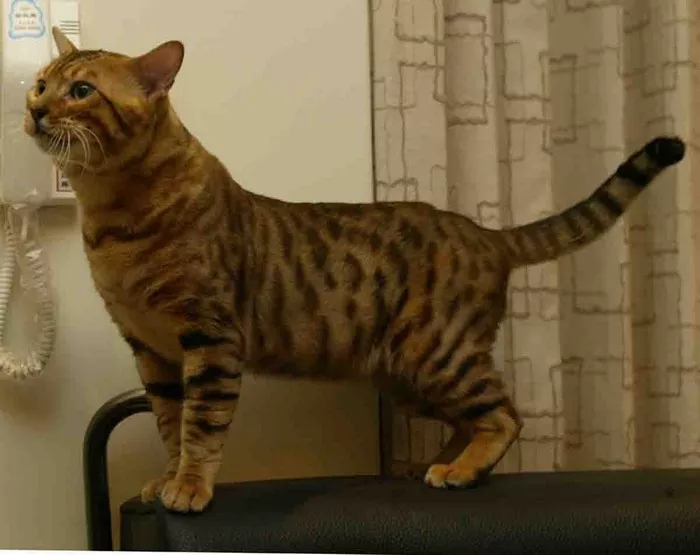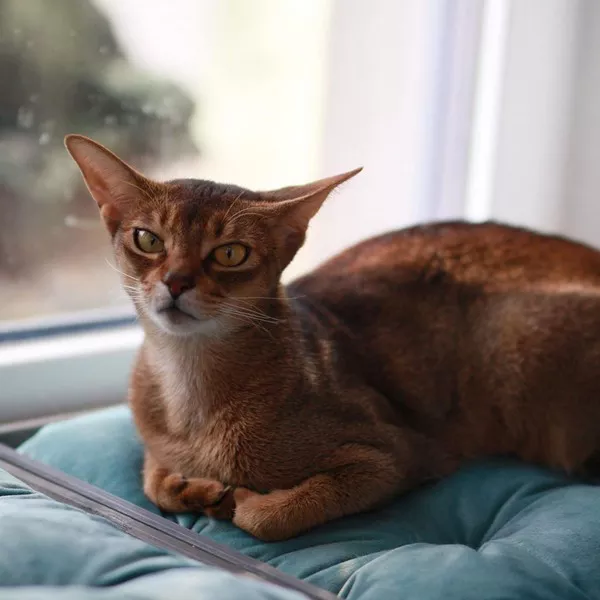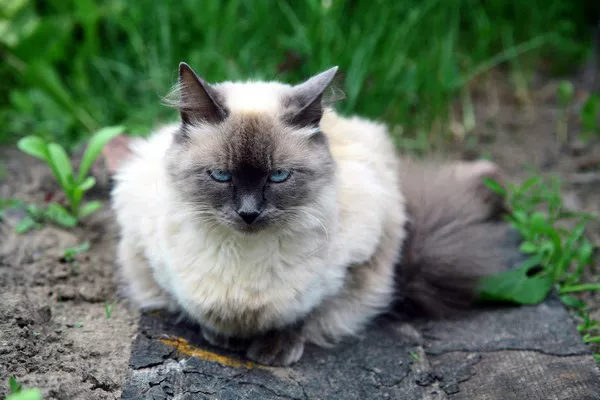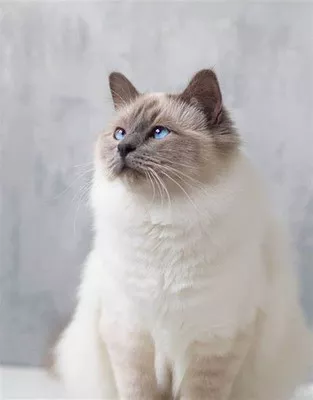Bengal cats are a popular breed of domestic cats known for their unique coat patterns and wild appearance. They are highly energetic, intelligent, and affectionate, making them great companions for cat lovers. However, when it comes to choosing between male and female Bengal cats, many prospective pet owners often find themselves in a dilemma. In this article, we’ll explore the differences between male and female Bengal cats and help you determine which one may be a better fit for you.
Physical Differences
One of the most obvious differences between male and female Bengal cats is their size. Male Bengals tend to be larger than females, with an average weight ranging from 10 to 15 pounds, while females weigh between 8 to 12 pounds. Males also tend to have a more muscular build, whereas females are leaner and more agile.
Another physical difference between male and female Bengal cats is their facial features. Male Bengals typically have larger heads and broader muzzles than females. Females, on the other hand, have smaller heads and narrower muzzles, giving them a more delicate appearance.
Behavioral Differences
When it comes to behavior, there are some notable differences between male and female Bengal cats. Male Bengals are generally more territorial and may exhibit more aggressive behavior, especially towards other male cats. They may also be more prone to spraying or marking their territory, which can be a problem if you’re not prepared to deal with it.
Female Bengals, on the other hand, tend to be more independent and reserved. They may be less likely to seek attention and may not be as vocal as males. However, they are often more affectionate towards their owners and may form stronger bonds with them.
Health Differences
Male and female Bengal cats do not differ significantly in terms of health issues. Both genders are susceptible to similar health problems, such as heart disease, kidney disease, and dental problems. However, male Bengals may be more prone to urinary tract infections due to their tendency to mark their territory.
Choosing the Right Gender
Ultimately, the decision of whether to adopt a male or female Bengal cat comes down to personal preference. If you’re looking for a larger, more muscular cat with a dominant personality, a male Bengal may be the right choice for you. However, if you prefer a smaller, more affectionate cat that is less likely to exhibit aggressive behavior, a female Bengal may be a better fit.
It’s important to note that individual cats within a gender can vary greatly in terms of temperament and personality. Just because a particular gender tends to exhibit certain traits does not mean that every cat will display those same behaviors. Therefore, it’s essential to spend time with any potential pet before making a final decision.
Tips for Choosing the Right Bengal Cat
Whether you decide to adopt a male or female Bengal cat, there are some essential tips to keep in mind when choosing your new furry friend:
1. Do your research: Make sure you do plenty of research on Bengal cats, including their personality traits, health issues, and grooming needs, before bringing one home.
2. Meet the parents: Whenever possible, meet the parents of the kitten you’re considering adopting. This can give you an idea of what to expect in terms of temperament and personality.
3. Spend time with the kitten: Spend plenty of time with the kitten you’re considering adopting to get a sense of its personality and whether it’s a good fit for you.
4. Consider adoption: Consider adopting a Bengal cat from a rescue organization or shelter. Many purebred cats end up in shelters or rescues due to a variety of reasons, and they can make excellent pets.
In conclusion, whether a male or female Bengal cat is better depends on your personal preferences and lifestyle. Both genders have their unique characteristics and traits, so take the time to carefully consider your options before making a decision. Remember, Bengal cats can live for up to 15 years or more, so choose wisely and enjoy your new furry friend!



























